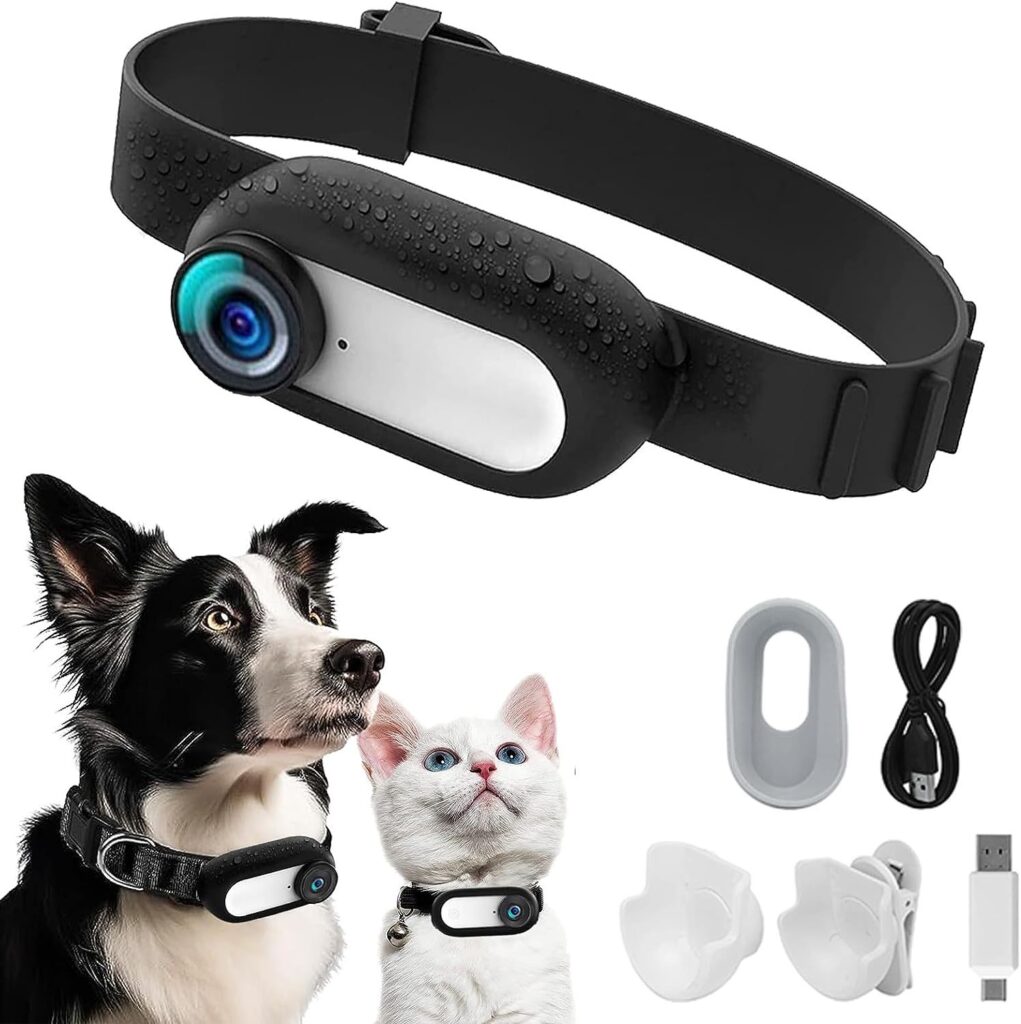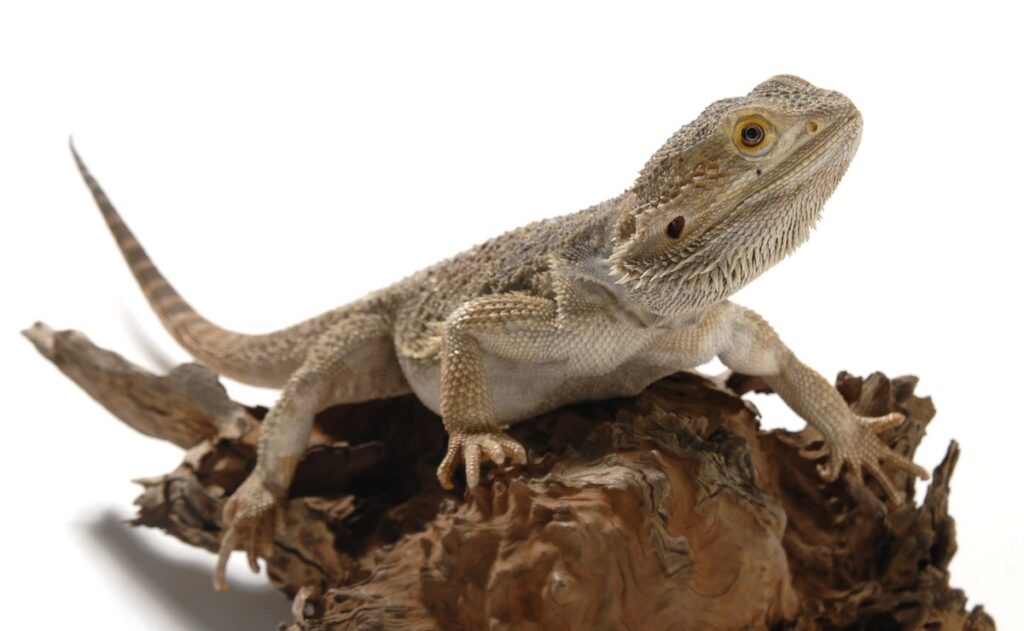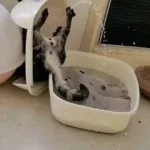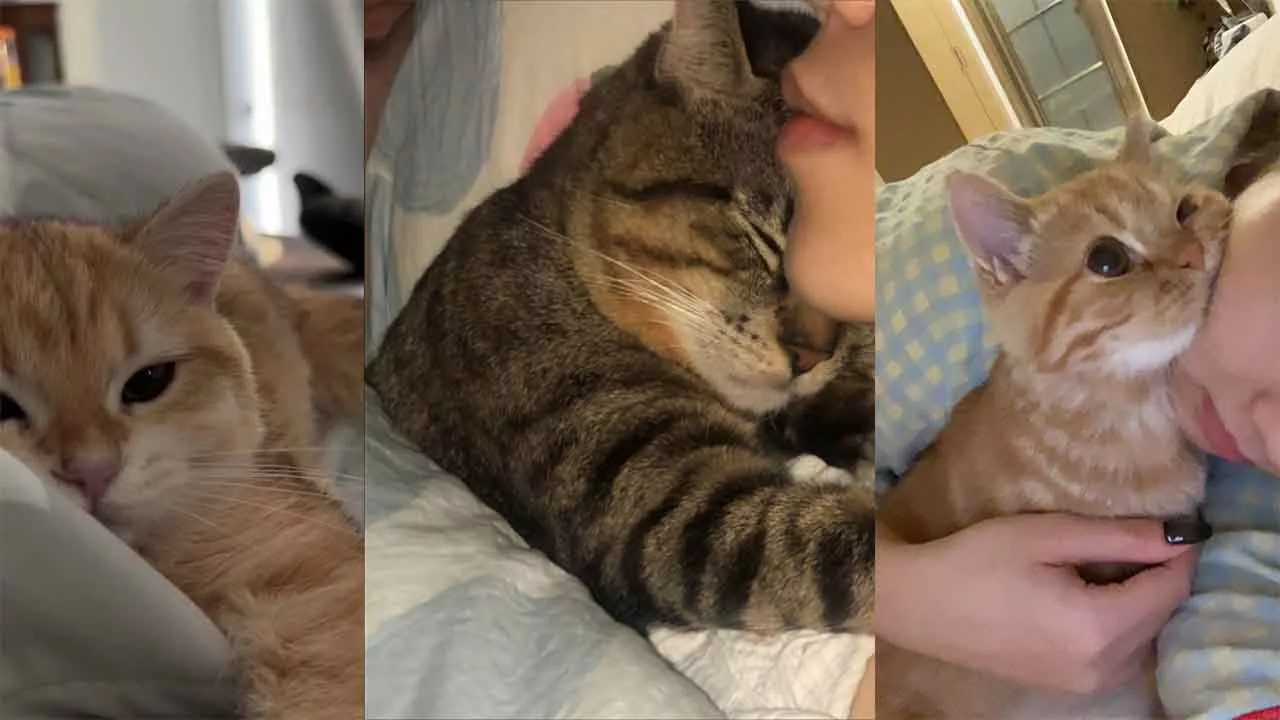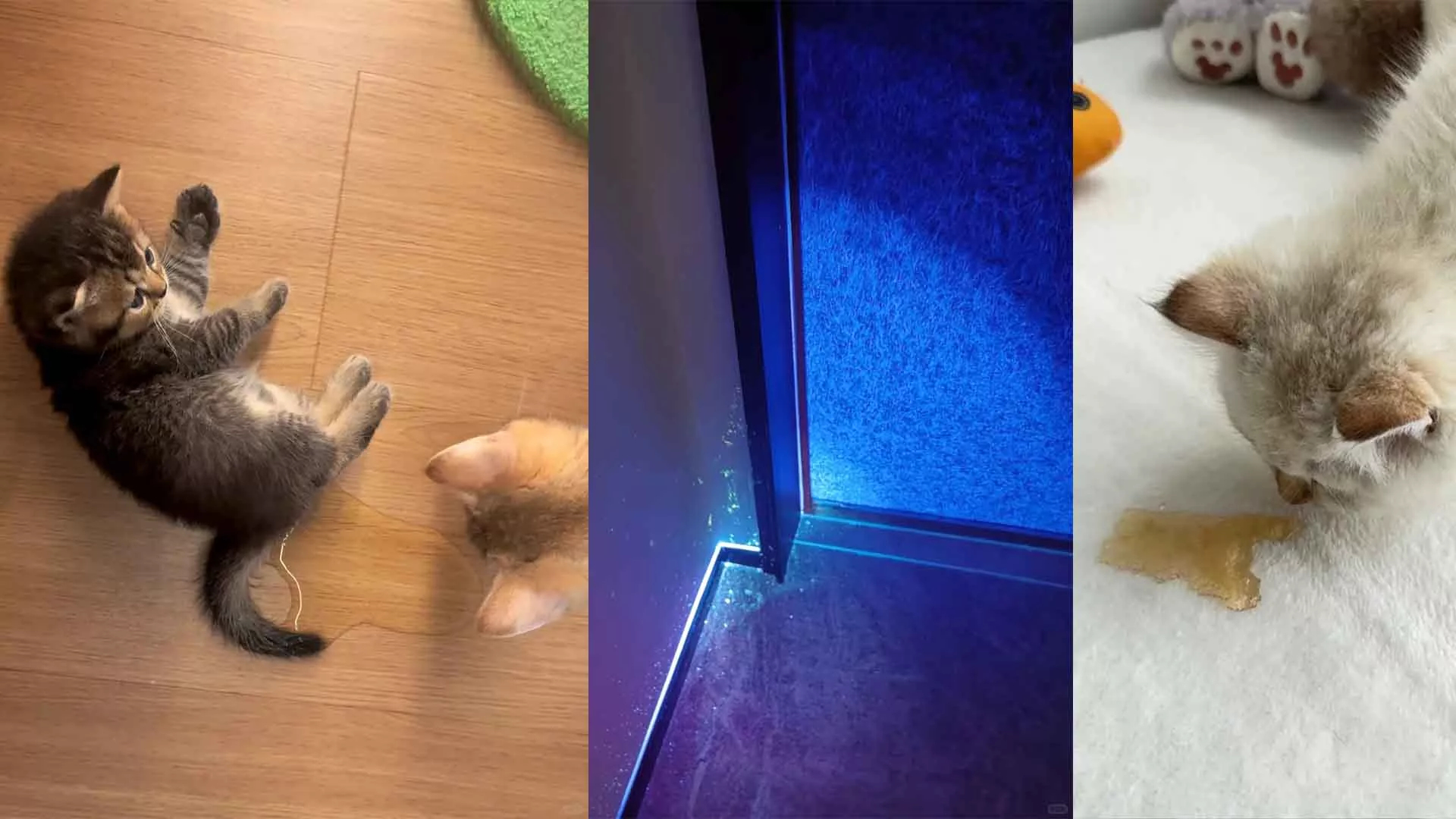
Posts page
Did You Know That Cat Pee Glows Under UV Light?

Yes, seriously — your furry little roommate has a glowing secret, and we’re about to spill it (well, not literally!). 🏠 When to Use UV Light at Home
Situation | UV Light Use |
Cat peed outside the litter box | Spot invisible stains and check if cleaning was successful |
Strange smells on furniture or bedding | Reveal dried urine that’s otherwise invisible |
Multi-cat territory wars | Identify which cat marked the spot |
⚠️ Quick Tips for Best Results
- Dry pee glows better than fresh stains
- Use the UV light in a dark room
- Some cleaning products also glow — don’t mix them up
- Enzymatic cleaners are a must — regular ones won’t remove scent completely
🧼 How to Get Rid of Cat Pee Smell
1. Enzymatic Cleaner
Why it works: Breaks down proteins and ammonia in urine, eliminating odor at the source.
How to use:
- Blot up urine with paper towels
- Spray enzymatic cleaner thoroughly
- Let it sit for 10–60 minutes (or longer)
- Blot or air dry
- Repeat if necessary
2. White Vinegar + Baking Soda (DIY)
Why it works: Vinegar neutralizes urine’s alkaline components. Baking soda absorbs odors.
Steps:
- Mix vinegar and water 1:1, spray on stain
- Let sit 5–10 minutes, blot dry
- Sprinkle baking soda, let sit overnight
- Vacuum the area
Warning: Never mix vinegar with bleach — toxic fumes!
3. Hydrogen Peroxide + Baking Soda + Dish Soap (DIY)
For carpets and hard floors only.
Mix:
- 1 cup 3% hydrogen peroxide
- 1 tablespoon baking soda
- A few drops of dish soap
How to use:
- Pour onto stained area
- Let sit for 15 minutes
- Wipe and rinse
Warning: May bleach dark fabrics or wood
4. Use UV Light to Double-Check
Even if it looks clean, your cat may still detect the scent.
Use UV light to find hidden spots and clean them thoroughly.
5. Ventilate and Purify
Open windows and use a HEPA or charcoal-based air purifier to remove lingering ammonia odors.
🚫 What NOT to Use
| Avoid This | Why |
| Bleach | Doesn’t remove odor and can react with urine to create toxic fumes |
| Air fresheners | Only mask the smell — cats can still detect it |
| Steam cleaners | Heat can set urine proteins into fabric permanently |
🌟 Final Meow
Cat pee that glows in the dark sounds like a fun science fact, but it’s also a practical way to find hidden messes and keep your home fresh.
With a UV flashlight and the right cleaning routine, you can reclaim your space — and your nose — from invisible cat crimes.
Because no one wants their living room to light up like a crime scene. 😅
If you're using UV to find pet stains at home
UV Flashlights & Eye Safety: What You Need to Know
UV flashlights are incredibly useful for detecting hidden stains, especially pet urine. But while they’re fun and practical, it’s important to know they’re not toys—especially when it comes to your eyes.
😵💫 Can UV Light Harm Your Eyes?
Yes! UV light, especially short-wave UV-C and near-UV-A (365–395nm), can cause:
- Photokeratitis (UV burn to the eyes) – Feels like sand in your eyes; similar to “snow blindness”
- Conjunctivitis & Inflammation – Irritation from prolonged exposure
- Cataracts – Long-term UV exposure may contribute to lens clouding
- Retinal Damage – Can speed up age-related eye issues like macular degeneration
🛡️ How to Protect Your Eyes When Using UV Light
Tip | Description |
Don’t stare at the light | Never shine a UV flashlight into anyone’s face, including pets |
Wear UV-blocking goggles | Use protective eyewear rated for UV400 or specifically for 365–400nm |
Use low-power blacklights | A 3–5W UV-A (365–395nm) flashlight is enough for detecting stains without being too strong |
Keep usage brief | Limit exposure time and avoid reflective surfaces like metal or mirrors |
Use beam covers or shields | Some flashlights come with side shielding to reduce light leakage |
👁️ Signs of UV Overexposure
If you experience any of the following after using a UV flashlight:
- Eye pain or burning
- Redness or swelling
- Light sensitivity
- Blurred vision
Stop using the light and rest your eyes. If symptoms persist, seek medical help.
⚠️ Bonus Tips
- Use UV light only in dim lighting for best results and safety
- Never let children or pets play with UV devices
- Avoid u
- sing UV light on pet skin or eyes directly
- Always buy from reputable sources—cheap UV lights may not have proper wavelength controls
Bottom Line:
UV flashlights are awesome tools—but like all tools, they should be used with care. Your eyes are precious—keep them safe!




